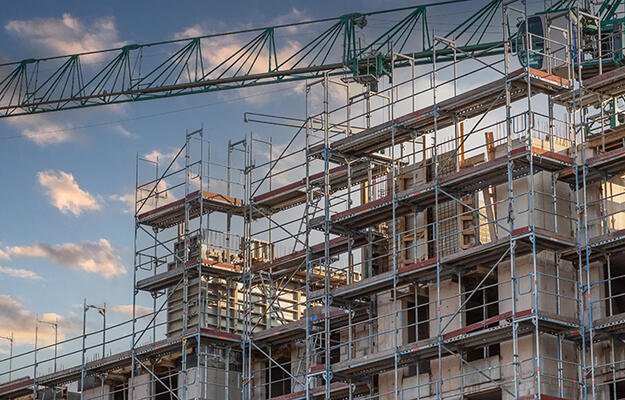
Race, Ethnicity, and Choice Neighborhoods
- Title:
- Race, Ethnicity, and Choice Neighborhoods
- Author:
-
Matthew F. Gebhardt
- Source:
- Publication Date:
-
2014
The federal government has undertaken various efforts to ensure that families with federal housing assistance are not consigned to low-opportunity neighborhoods, including helping families move to low-poverty areas and revitalizing neighborhoods where federally-assisted housing exists. Choice Neighborhoods (Choice), introduced in 2009, is among the federal efforts at revitalization. Through Choice, the U.S. Department of Housing and Urban Development (HUD) offers planning and implementation grants, typically to a local government or public housing authority, for the redevelopment and revitalization of high-poverty neighborhoods with HUD-subsidized housing. The program aims to strengthen the selected neighborhoods so that people of all incomes would choose to live there, thereby improving social networks and neighborhood resources for families with federal housing assistance.
The application for planning grants does not require a focus on racial or ethnic segregation, although the Fair Housing Act's mandate to “affirmatively further fair housing” emphasizes addressing race and ethnicity in concentrated poverty. With federal fair housing goals in mind, a researcher at Portland State University reviewed applications for Choice planning grants to understand more about the neighborhoods being proposed for redevelopment and revitalization.
Major findings:
- Race plays an important role in the redevelopment prospects of Choice Neighborhoods, and merits explicit focus in the planning process.
- Among Choice planning applicant neighborhoods with a majority racial or ethnic group, residents lived with greater racial isolation than they would have in an average U.S. neighborhood.
- 79 of the 176 Choice planning grant applications were for majority Black neighborhoods. These neighborhoods were, on average, 81% Black.
- 49 applications were for neighborhoods with no majority racial/ethnic group. On average, these neighborhoods were 34% White, 31% Black, and 24% Hispanic.29 applications were for majority Hispanic neighborhoods. These were, on average, 67% Hispanic.
- 13 applications were for majority White neighborhoods. On average, these areas had 70% White residents.
- Three applicants each were for neighborhoods with a majority American Indian or Asian/Pacific Islander population.
What should planners and developers know about redeveloping in racially segregated areas?
- Questions of segregation, integration, and discrimination should be on the table early to facilitate an equitable and community-centered development process.
- When developing in strong markets, the neighborhood's racial and ethnic composition can be a valuable piece of information for protecting against concerns of gentrification. Early planning in particular could focus on protecting affordability, enforcing fair housing, community engagement, and other tools for addressing displacement, turnover, and integration.
- Negative perceptions about minority neighborhoods can impede efforts to create a community with appeal to households of diverse backgrounds. Focusing on amenities and strong anchors can overcome these perceptions, but additional effort may be needed in weak markets.


